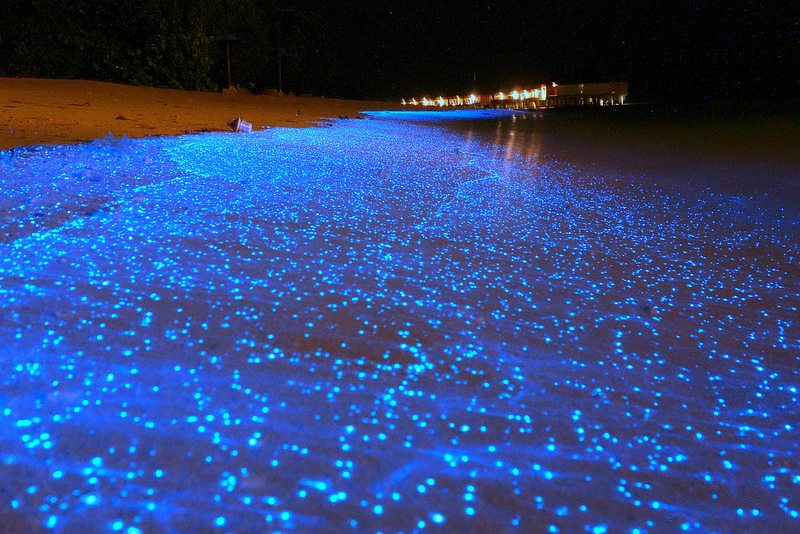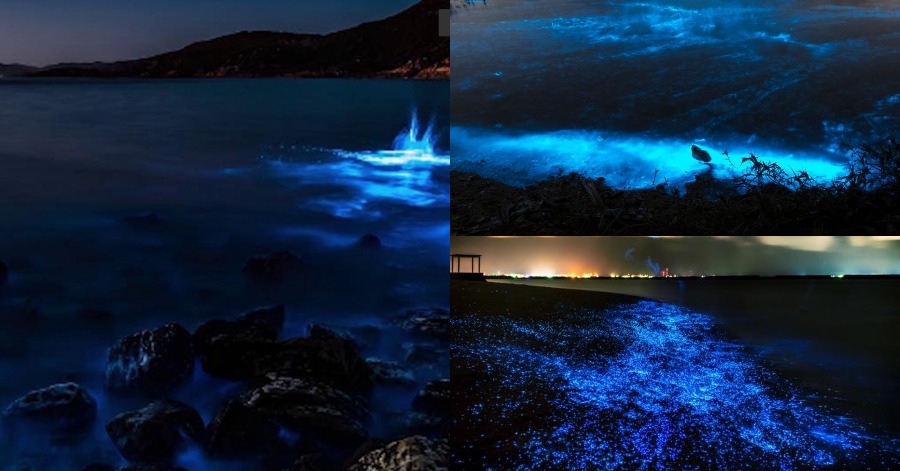The autotrophic component of the plankton community is called the phytoplankton and it is the key part of the ocean and freshwater ecosystems. It obtains its energy through photosynthesis just like trees and other plants on land. This proves that phytoplankton must have light from the sun, so they live in the well-lit surface layers of oceans and lakes. Phytoplankton is distributed over a larger surface area and exposed to less seasonal variation, has markedly faster turnover rates than the trees. As a result, phytoplankton does respond rapidly on a global scale to climate variations.
What attracts a lot of people with this phytoplankton is that it could produce the phenomenon of ‘Blue Tears’ that is actually fascinating to look at. The particular phenomenon can be seen in that phytoplankton produces mesmerizing glittering bluish light. The blue hue beam is a result of when the phytoplankton reacts with seawater in its drift area.

This fascinating phytoplankton phenomenon can be witnessed on some interesting beaches such as Mosquito Bay, Puerto Rico, Koh Rong, Cambodia, Vaadhoo Island, Maldives, and also most popular on Matsu Island, Taiwan. Recently, this particular phenomenon happened in Kuala Selangor and it can be said to be such an extraordinary discovery that took place there. It is so amazing to see this type of beautiful phenomenon happen in Malaysia.
Sources: Earth Observatory, Bioluminescence.









Leave a Comment